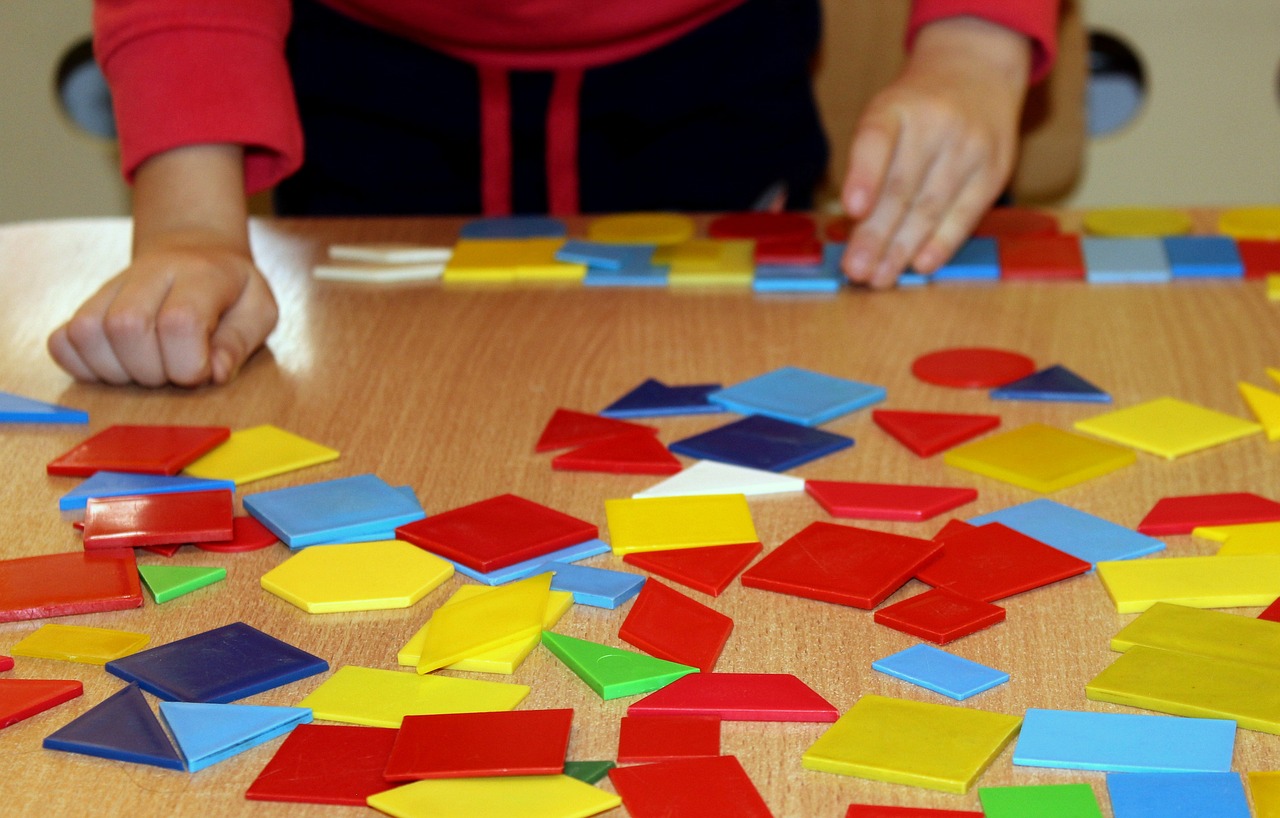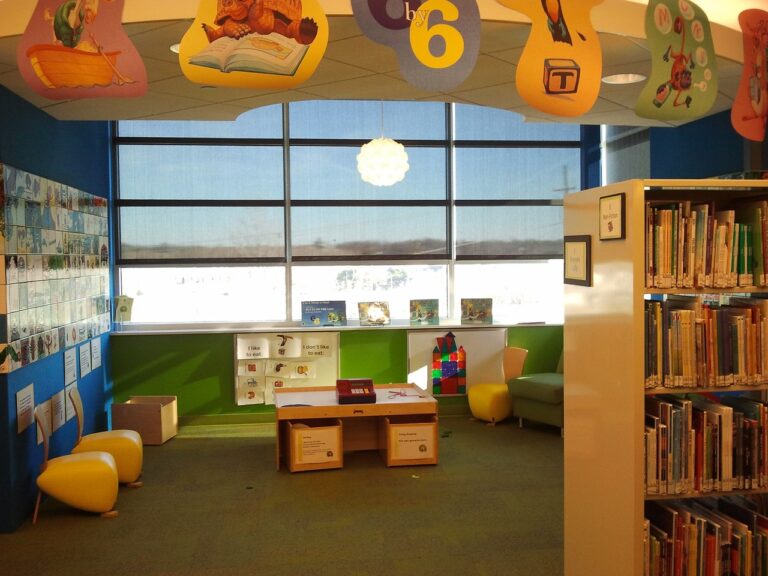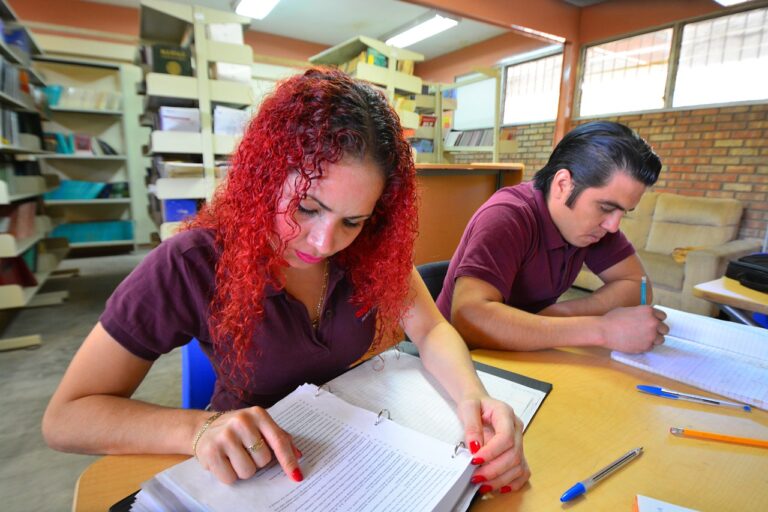Leveraging Open Educational Resources (OER) for Affordable and Accessible Learning Materials
Open Educational Resources (OER) have emerged as a valuable resource in the field of education, offering a plethora of benefits to both educators and learners. By providing free access to high-quality learning materials, OER play a crucial role in promoting equitable access to education for all individuals, regardless of their geographical location or financial status. This democratization of resources helps bridge the educational gap and ensures that everyone has the opportunity to learn and grow.
Moreover, OER foster a culture of collaboration and innovation within the education sector. By allowing educators to customize and adapt materials to suit the specific needs of their students, OER encourage creativity and experimentation in teaching practices. This flexibility not only enhances the learning experience for students but also empowers educators to continuously improve and refine their teaching methods. Overall, the widespread adoption of OER has the potential to revolutionize the way education is delivered, making learning more accessible, engaging, and effective for all.
Understanding the Benefits of OER
Open Educational Resources (OER) have gained significant attention in the educational landscape due to their numerous advantages. One key benefit of OER is cost-effectiveness. By providing free access to digital resources, OER reduce the financial burden on students and institutions, making education more accessible and inclusive.
Additionally, OER promote collaboration and knowledge sharing among educators and learners. The open nature of OER allows for customization and adaptation of materials to suit different learning styles and preferences. This not only enhances learning experiences but also fosters a sense of community within the educational environment.
How to Find and Access OER
To find and access Open Educational Resources (OER), start by utilizing reputable OER directories and repositories such as OER Commons, MERLOT, and OpenStax. These platforms offer a wide range of educational materials that are available for free use and can be easily searched and filtered based on subject, grade level, and resource type. Additionally, universities and educational institutions often have their own OER repositories where educators can access materials specifically curated for their courses.
Moreover, many content creators and educators share their OER through websites and personal blogs. Utilize search engines effectively by using specific keywords related to the topic or resource you are looking for, along with adding “OER” to your search query. Social media platforms like Twitter and LinkedIn are also valuable resources for discovering OER, as many educators and organizations actively share and promote free educational materials through these channels.
What are OER and why are they important for education?
OER, or Open Educational Resources, are freely accessible, openly licensed resources that can be used for teaching, learning, and research. They are important for education because they provide cost-effective alternatives to traditional textbooks and materials, making education more accessible to a wider range of students.
What are some benefits of using OER in education?
Some benefits of using OER in education include cost savings for students, increased access to learning materials, the ability to customize and adapt resources to fit specific instructional needs, and the promotion of collaboration and sharing among educators.
How can I find and access OER for my educational needs?
There are several ways to find and access OER, including searching for resources on OER repositories like OER Commons, OpenStax, and MERLOT, using search engines with specific OER filters, and collaborating with other educators to share and exchange resources. Additionally, many educational institutions and organizations offer curated collections of OER that can be accessed for free.





